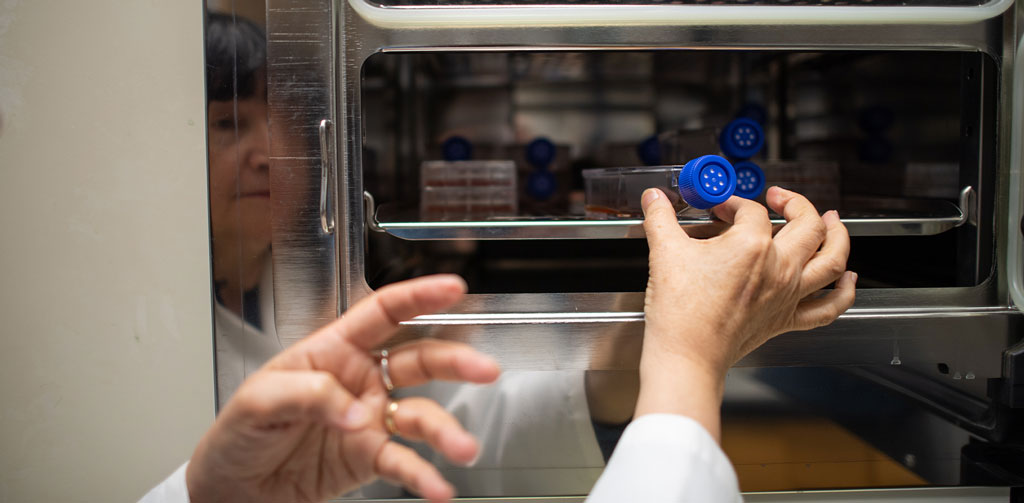
Increased Understanding, Increased Potential for New Treatments
Autophagy is the body’s method of “cleaning up.” When cells are damaged or dead, autophagic processes remove those cells from the body so that healthy cells can flourish. Autophagic issues and dysfunctions are a common finding in many diseases, including cancer, diabetes, neurodegeneration, diseases of the heart, kidney, liver, and lungs, as well as various types of infection. Understanding how autophagy-related proteins are functioning — or not — is key in treating disease, but it is an incredibly complicated task.
Two experts with long, well-established histories of autophagy research are joining forces to develop a laboratory modeling system that will accelerate progress. Zvulun “Zevi” Elazar, Ph.D., is the Harold Korda Professor in the Department of Biological Chemistry at the Weizmann Institute of Science. He studies different mechanistic aspects of autophagy in yeast and mammalian systems. Daniel Klionsky, Ph.D., is the Alexander G. Ruthven Professor of Life Sciences in the Life Sciences Institute at the University of Michigan.
As Goldstein Scholars within the Michigan-Israel Partnership, the pair are using data from patient DNA samples to establish a heterologous system that uses yeast to express human autophagy-related proteins. This will enable them to quickly determine the effects of gene mutations on autophagy activity — and track the effects as specific steps along the pathway.
Based on this information, they will introduce the mutations back into mammalian cells to verify the autophagic effect. These studies will advance our understanding of a fundamental cellular process, and this more nuanced understanding of the relationship between genetic mutations and autophagy could allow us to take more precise approaches to treatment and intervention.
Dr. Klionsky commented, “I have followed the work from Zevi Elazar’s lab for many years; it is highly complementary to ours, and his studies in mammalian cells are critical to enabling us to demonstrate how our work with yeast is applicable to humans.”

